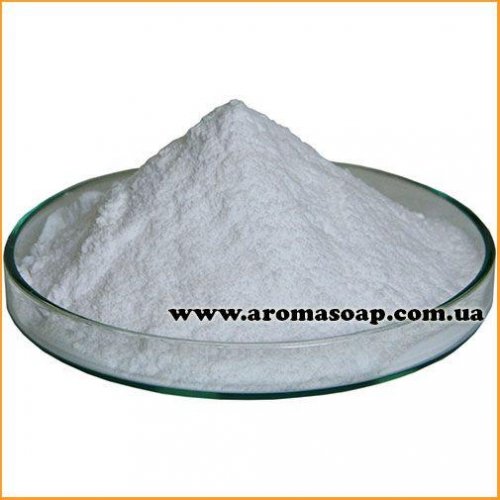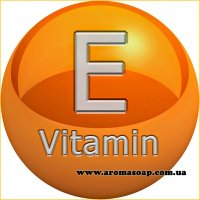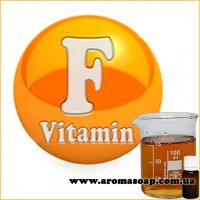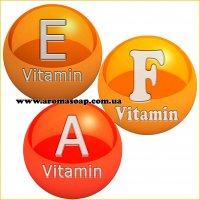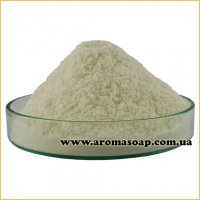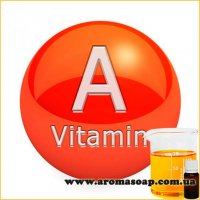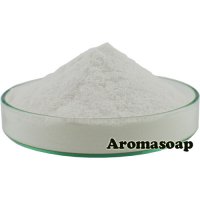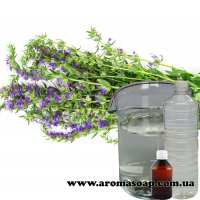Niacinamide farm. (Vitamin B3)
Niacinamide farm. (vitamin B3)
INCI: Niacinamide
Synonyms: nicotinamide, niacin, nicotinic acid amide
Appearance: white crystalline powder, odorless
Solubility: water, glycerin, propylene glycol
pH of 5% solution: 6.4
Dosage: 0.5-5%
Niacinamide is a representative of a large group of B vitamins and is involved in many redox reactions of the body, tissue respiration, biosynthesis processes and the formation of enzymes in living cells. Vital for maintaining the normal functioning of the nervous system, the production of steroid hormones, and ensuring the integrity of the epithelium and skin.
Niacinamide is a multifunctional vitamin active that is able to penetrate well into the skin due to its low molecular weight. Its chemical structure is close to nicotinic acid (vitamin PP), but unlike the latter, it does not cause vasodilation reactions, hence redness of the skin and an increase in local temperature.
Cosmetological effects of niacinamide:
- stimulates the synthesis of epidermal skin lipids (ceramides, fatty acids, cholesterol, sphingomyelin), but reduces the production of triglycerdes in the sebaceous glands;
- normalizes the processes of keratinization of the epidermis;
- enhances collagen synthesis by fibroblasts;
- has antioxidant, antihistamine and anti-inflammatory properties;
- protects against the damaging effects of UV radiation;
- lightens the skin by redistributing melanin from pigment cells to keratinocytes.
In cosmetics it can be used in the following directions and dosages:
- as a rejuvenating asset (reducing transepidermal water loss, improving the relief and tone of facial skin, preventing and eliminating wrinkles), 2-3%;
- for the treatment of acne (elimination of hyperkeratosis and oily skin), in products for youthful skin, 2-4%;
- in complex care for allergic conditions, atopic dermatitis, 2-4%;
- as part of whitening serums and creams, 4-5%; the effect occurs after 4-6 weeks of use;
- as a base component in daytime cosmetics, 1-2%.
Features of working with niacinamide.
It is introduced into the aqueous phase, dissolves better in hot water and can withstand heating up to 100C.
At low pH values ??(below 3.5), niacinamide can convert to niacin and cause short-term redness of the skin. This effect, although undesirable, has a therapeutic effect, so there is no need to worry if it occurs. The optimal working pH level is 5-5.5.
It is better not to combine vitamin B3 with strong acids, alkalis, or oxidizing agents.
Before use, do a sensitivity test.
Store in a cool, dry place, away from light and air (can be stored for up to 2 years)

